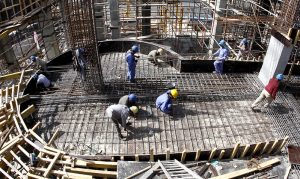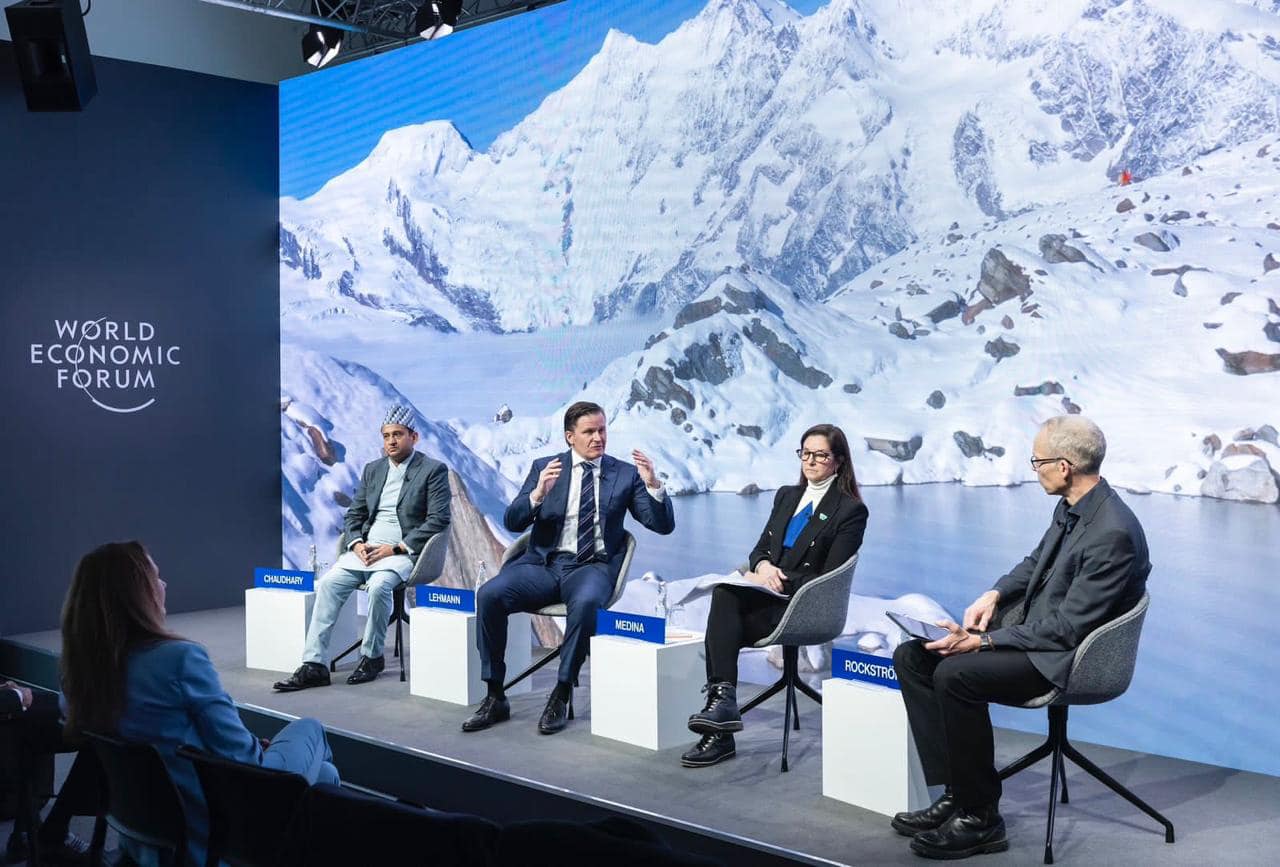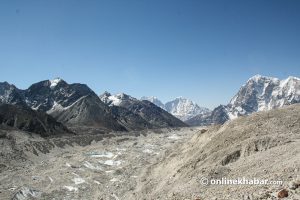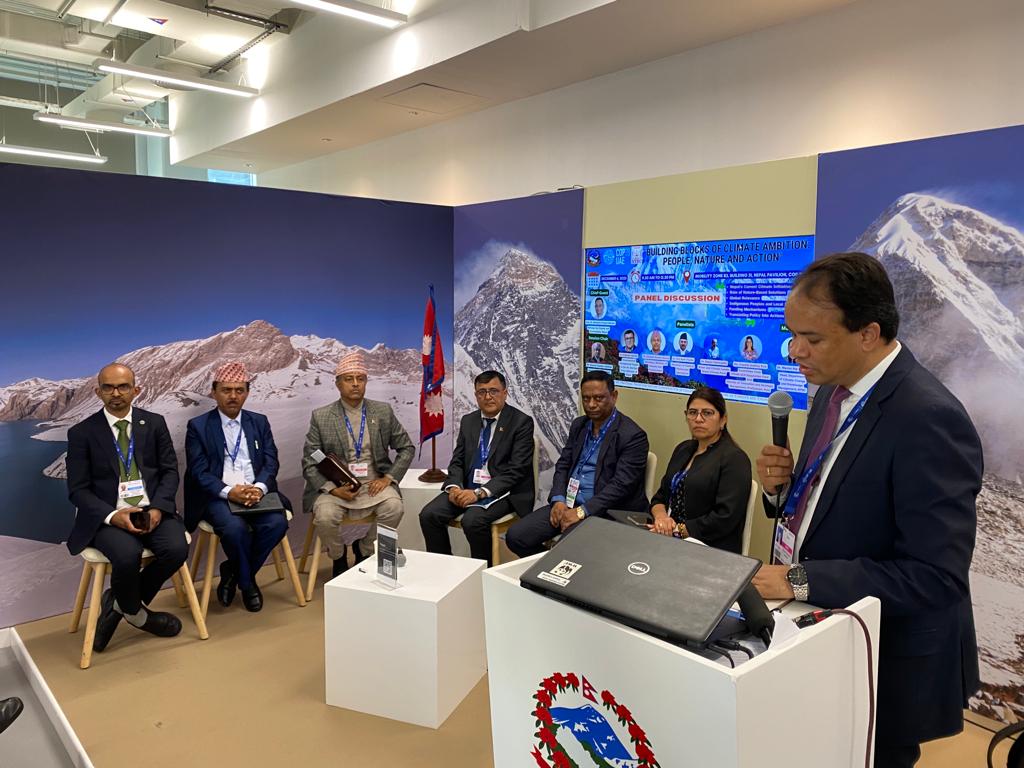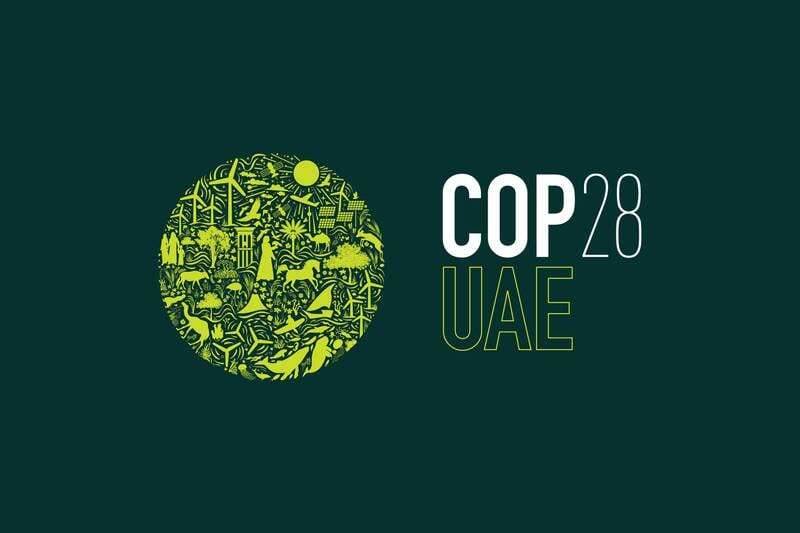
The 24th meeting of the parties to the United Nations Framework Convention on Climate Change in Katowice, Poland concluded last week with countries agreeing to the terms of the Paris Agreement rulebook, despite attempts by groups of countries to push negotiations towards failure. Onlinekhabar’s Abhaya Raj Joshi caught up with the head of the Nepali delegation and Ministry of Environment and Forest Joint Secretary Maheshwar Dhakal on the sidelines of the meeting to discuss Nepal’s take on the negotiations.
How do you evaluate Nepal’s presence at COP 24 in Katowice, Poland?
In general terms, out participation in this important meeting was very encouraging. Honourable President Bidya Devi Bhandari came here and told the world about the problems Nepalis are facing due to climate change. She told the international community that a mountainous country like Nepal is faced with a plethora of cllimate change-related impacts such as the melting of glaciers. She also highlighted the fact that women are more vulnerable to climate change in countries such as Nepal. The president, in her speech, said that Nepal, in the days to come, is committed to preparing climate change and adaptation policies at the federal as well as the provincial and local levels. She shared with representatives from around the world that Nepal was committed to revising its nationally determined contribution (NDC) under the Paris Agreement. She then called on the international community help Nepal adapt in the face of effects of climate change.
The president’s presence helped us show the world that climate change has become an important issue for the country at the political level as well.
Similarly, on the eve of COP 24, the Marshall Islands organised a virtual summit of leaders from countries vulnerable to the impacts of climate change. Prime Minister Oli participated in the meeting and in his address, he stated that climate change was causing changes in precipitation in a mountainous country such as Nepal. He especially highlighted that infrastructure built on the lowlands of Terai were vulnerable to floods triggered by glacier melting.
What was the main objective of COP 24? Did it achieve its objectives?
In 2015, leaders from around the world came together in France to sign the historic Paris agreement. The agreement said that the world would strive towards limiting global temperature rise to 1.5 degree Celsius above pre-industrial levels and if that was not possible, up to 2 degree Celsius. The conference of parties in Katowice has prepared a rulebook to implement the Paris Agreement. The rulebook did face a few hurdles as it is not easy for oil-exporting countries to agree to steps that would have a direct impact on their revenue.
It has only been three months since you were appointed the UNFCCC’s focal person in Nepal. What challenges did you face during the negotiations?
Yes, it has only been three months since I took up the job. Although I have worked on other international conventions such as the Convention on Biodiversity, climate change is a different ball game. Climate change needs to be examined not only through the scientific lens but also through political and social lenses. Here, we talk to delegates from hundreds of countries, but at the end of the day, it is in our own country where we need to work. The negotiations here can give us only a sense of direction.
In Nepal, whenever we talk about climate change, we say that this is a problem we did not create but are a victim of. Was this the same narrative you used during the meetings?
In my opinion, our approach was slightly different. During the plenary sessions, we put forward the issues of mountain economies and at events organised by other countries, we shared our experiences. But we also talked about how we are victims of a problem created by the developed world. We also said that the developed countries should own up to this problem. In addition to that, we participated in programmes organised by WWF, GEF, DFID, the World Bank and the Chinese government.
In the context of Nepal, we always talk about adaptation. But a recent report says that Nepal’s per capita emission growth is highest in South Asia. In Kathmandu, the level of air pollution is increasing every day.
Yes, I did hear about the report. But what we need to understand is that there are times when cities and governments commission these kinds of reports to divert attention from key issues. That is why we need to take these things with a pinch of salt. Nepal’s contribution to global carbon emissions is less than 0.027 per cent. You’d be surprised to know that more than 60 per cent of all our emissions come not from vehicles or industries, but from agriculture. Manual, intensive agriculture releases carbon dioxide into the atmosphere.
How do you think geopolitics comes into play in these types of conferences?
Yes, geopolitics does play a big role. That is why we need to choose our groups with caution. Whenever the issue is at hand is economic in nature, we need to team up with the LDCs. But the issues is more of a political nature, we need to go with the G77+China group.
I understood that for Nepal to take the most out of these negotiations, we need to align our interests with the interests of big countries such as India and China. Although it is not the number one take away from the conference, we have understood that climate change needs to enter bilateral talks between Nepal and China and India. Both countries are growing at a rapid pace and their emissions are also on the rise. China’s One Belt One Road vision also has the potential to increase emissions. That is why we need to talk to them about climate change.
It is said that India’s foreign policy is directed towards projecting itself as a growing economy, but its climate policy still wants to project it as a developing economy in need of help to fight the effects of climate change.
It comes as no surprise as all countries want to stay away from negotiations that create additional liabilities. There are many water-related issues that need to be talked about in bilateral forums. These issues should not be discussed in multilateral fora such as COP.
We see that during the COP, different countries set up their pavilion to inform the guests about the problems they face due to climate change. Why did Nepal not do that?
Rent for the exhibit space is pretty high. It would cost us around Rs 200 million to set up a pavilion at the COP. We don’t have that kind of a budget.
To conclude, I would say that Nepal is one of the countries most vulnerable to climate change and we need to incorporate this fact into any kind of development work we do.
This story is part of Onlinekhabar’s coverage on climate change under the 2018 Climate Change Media Partnership, a collaboration between Internews’ Earth Journalism Network and the Stanley Foundation.





